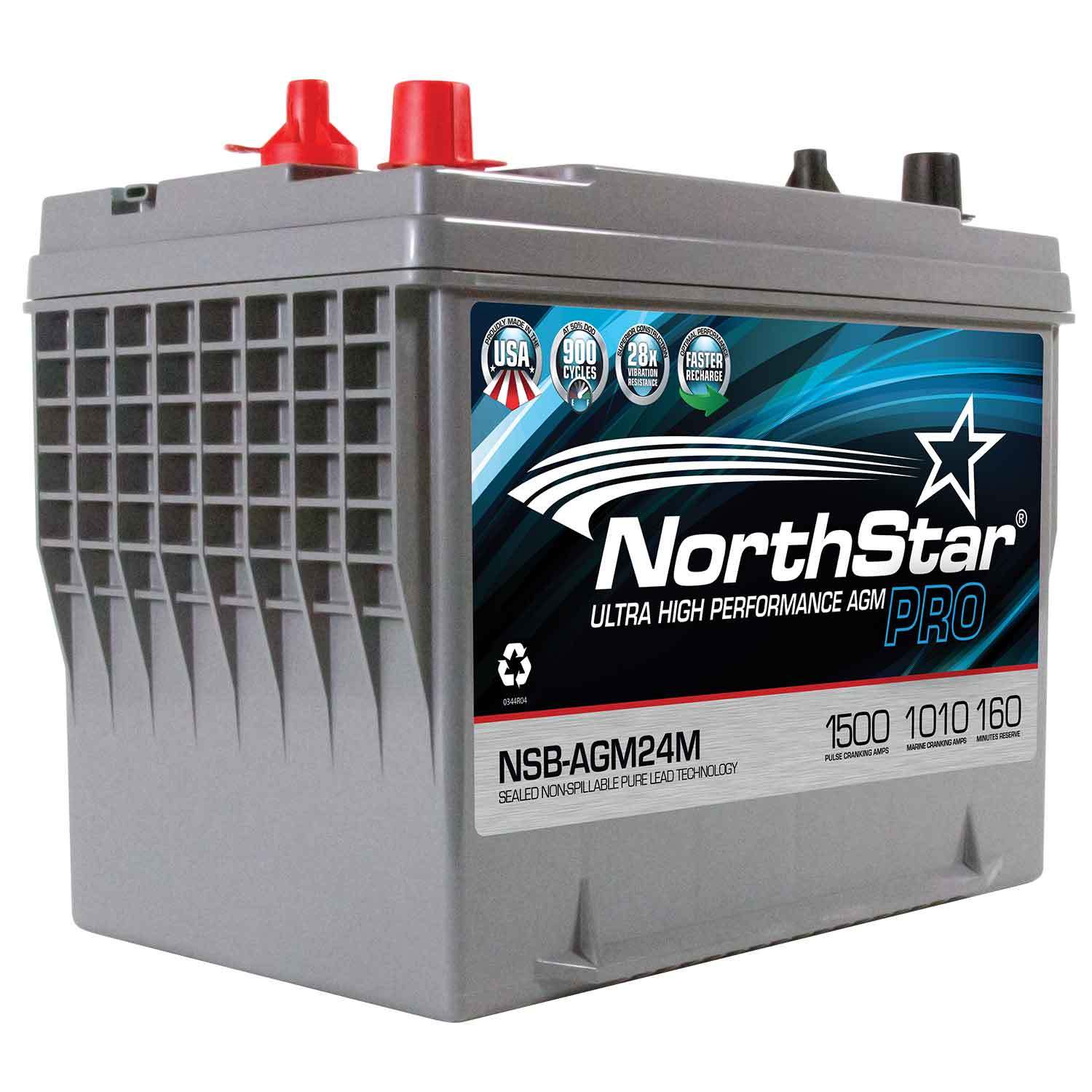You make some great points in your post here.
I think you may have overlooked some aspects of lithium batteries that are beyond their 60% weight savings, fast charging and their cost. As mentioned earlier by
@mrcleanr6, the energy density is much greater in lithium batteries, I like to use Kilowatt Hours instead of Amp Hours to rate batteries, and for a given size battery, say a 100Ah SLA battery compared to a 100 Ah LiFePO4 battery, the KWh of the LiFePO4 battery has over 200% greater KWh than the lead acid battery of the same size. In my case, that means on a windy day instead of trolling for 6+ hours I could easily troll for 12-14 hours, or on a less windy day, I could troll for two days instead of one, and quite possibly three or more days as described by
@Zeusmotorworks and his single 36V battery battery install where he rafted with two other boats and his 36V Ulterra Rip Tide spot locked all three boats all day for a couple of days, and did not need to be recharged until after the third day, that’s some incredible performance.
@Zeusmotorworks has had an issue a couple of times from running the down to where the voltage dropped off to where the motor would not stow. This is an operating characteristic of LiFePO4 batteries, their voltage stays constant right up to fully discharged @80%, unlike SLA batteries that have a constant voltage decline to their 50% discharge.
And speaking of discharge…or levels of discharge, I have no idea how far down I’m pulling my lead acid battery bank for my trolling motor. I’m going to look into the battery gauge that
@mrcleanr6 mentioned, the Victron 712 I believe.
And as mentioned previously in this thread, sulfating of the plates in a SLA battery will occur if the battery is left in a state of discharge, such as going on a multi day fishing trip where no AC power is available to plug the onboard charger into for charging each night.
Another benefit is there is no corrosive acid and or corrosive and highly flammable gasses emanating from the batteries.
A draw back for me on lithium batteries during the shoulder seasons is that while the Dakota Lithium batteries are advertised as being to be discharged at -20°, they cannot be charged if the battery is below 32° F. So that means as part of the install I’d have put electrically heated battery blankets on the batteries to be ready to plug in when the temps drop in the afternoon and overnight when temps can easily drop into the teens.
I had called MinnKota to ask about using lithium batteries with my ulterra rip tide self deploying trolling motor, the tech said that he had several reports of problems with the deploying aspect locking out due to the current delivery of the LiFePO4 batteries being high all the time and the trolling motor thinking it had encountered an obstruction during deployment and locked out for safety reasons. On this last issue I’m not convinced this is an issue with higher quality batteries, and the fact that owners of ulterra rip tide trollers are not calling in to the MinnKota help line saying how great their troller is working with their new lithium batteries. Just like a lot of posts on this site are not people making threads about how great the systems on their boats are working on a regular basis.


